Tag: mortality

Effect of Occupancy on Critically Ill Admissions
Effect of Emergency Department and ICU Occupancy on Admission Decisions and Outcomes for Critically Ill Patients. The volume of ICU admissions from the ED has increased around 50% from 2001-2009. Hospitals struggle with this... read more

Long-Term Mortality and Hospital Resource Use in ICU Patients With Alcohol-Related Liver Disease
ICU patients with alcohol-related liver disease have higher 5-year mortality and emergency readmission rates than ICU patients with other severe comorbidities and matched general ICU patients. These data can contribute to... read more

The Clinical Impacts and Risk Factors for Non-central Line-associated Bloodstream Infection in 5046 ICU Patients
Most of the previous studies focused on central line-associated bloodstream infection (CLABSI), while non-central line-associated bloodstream infection (N-CLABSI) was poorly studied. This study was performed to investigate... read more
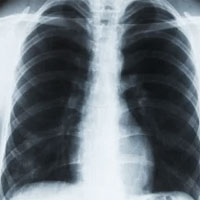
ICU Utilization for Patients With Acute Exacerbation of COPD Receiving Noninvasive Ventilation
There is wide variability in the rate of ICU utilization for noninvasive ventilation across hospitals. Chronic obstructive pulmonary disease (COPD) patients receiving noninvasive ventilation had similar in-hospital mortality... read more
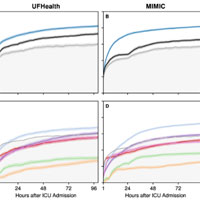
DeepSOFA: A Continuous Acuity Score for Critically Ill Patients using Clinically Interpretable Deep Learning
Traditional methods for assessing illness severity and predicting in-hospital mortality among critically ill patients require time-consuming, error-prone calculations using static variable thresholds. These methods do not... read more

ICU May Be Overused for Some COPD, Acute MI, HF Patients
For patients with COPD, heart failure and myocardial infarction, who are not critically ill, a stay in the ICU may be no more beneficial than staying on a ward, according to an analysis just published in the Annals of the... read more

The effects of performance status one week before hospital admission on the outcomes of critically ill patients
PS impairment was associated with worse outcomes independently of other markers of chronic health status, particularly for patients in the medium range of severity of illness. PS impairment was moderate in 17.3 % and severe... read more
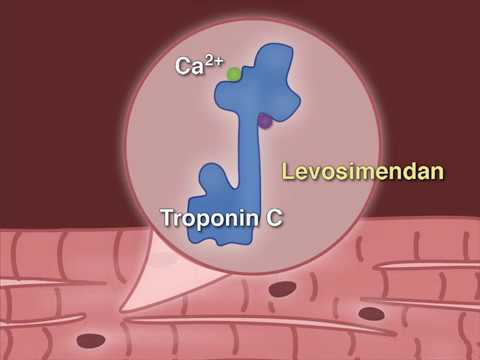
Hemodynamic Support after Cardiac Surgery
Low cardiac output syndrome is a common complication of cardiac surgery and is associated with increased mortality. Levosimendan has been shown in small studies to be an effective therapy.... read more
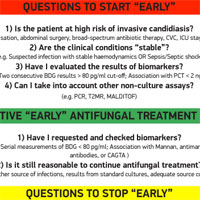
Antifungal Treatment in the ICU
Invasive fungal infections (IFIs) are a major cause of morbidity and mortality in critically ill patients. Almost 80% of IFIs are due to Candida spp., which are the third most common isolated microorganisms in the intensive... read more
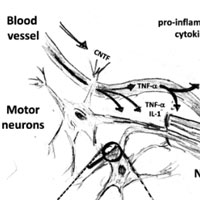
Electrophysiological Investigations of Peripheral Nerves and Muscles
Resting trans-membrane potential difference (Em) of skeletal muscle is correlated to the energy status of the organism: the more severe the illness, the lower the Em. In 1971, Cunningham demonstrated this association with... read more

Patient-important outcomes in randomized controlled trials in critically ill patients
Patient-important outcomes are rarely primary outcomes in RCTs in critically ill patients published in 2013. Among them, mortality accounted for the majority. We promote the use of patient-important outcomes in critical care... read more

The Artificial Intelligence Clinician Learns Optimal Treatment Strategies for Sepsis in Intensive Care
Sepsis is the third leading cause of death worldwide and the main cause of mortality in hospitals but the best treatment strategy remains uncertain. In particular, evidence suggests that current practices in the administration... read more

Association of Antibiotic Treatment with Outcomes in Patients Hospitalized for an Asthma Exacerbation Treated with Systemic Corticosteroids
Antibiotic therapy may be associated with a longer hospital length of stay, higher hospital cost, and similar risk of treatment failure. These results highlight the need to reduce inappropriate antibiotic prescribing among... read more
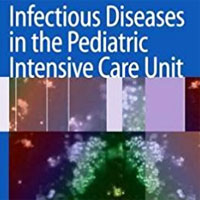
Infectious Diseases in the Pediatric ICU
Infants and children are at high risk of acquiring infections and this is most critical on the pediatric intensive care unit, as these infections have serious effects on mortality. Infectious Diseases in the Pediatric Intensive... read more




